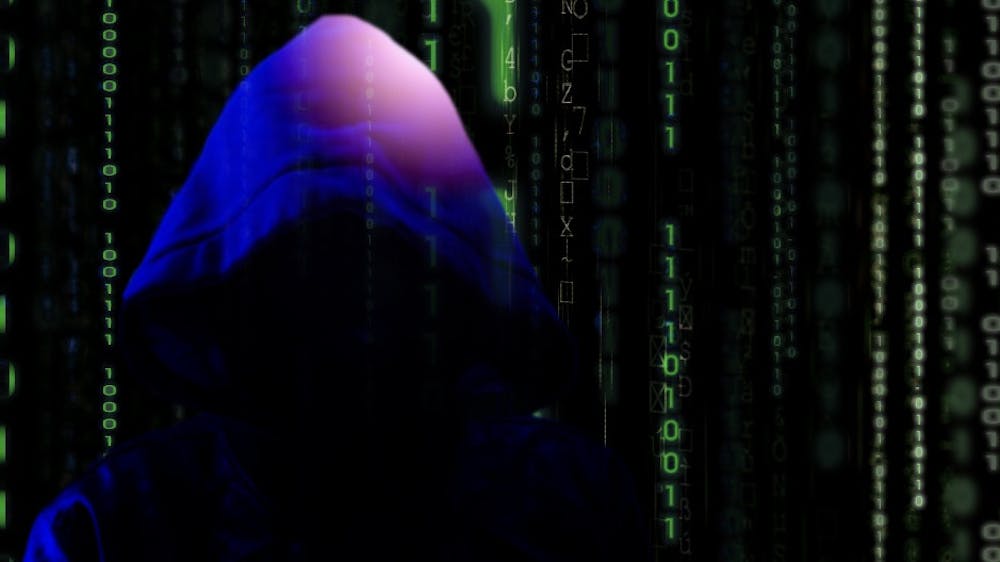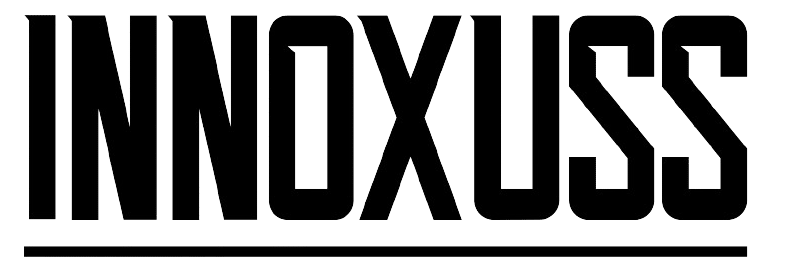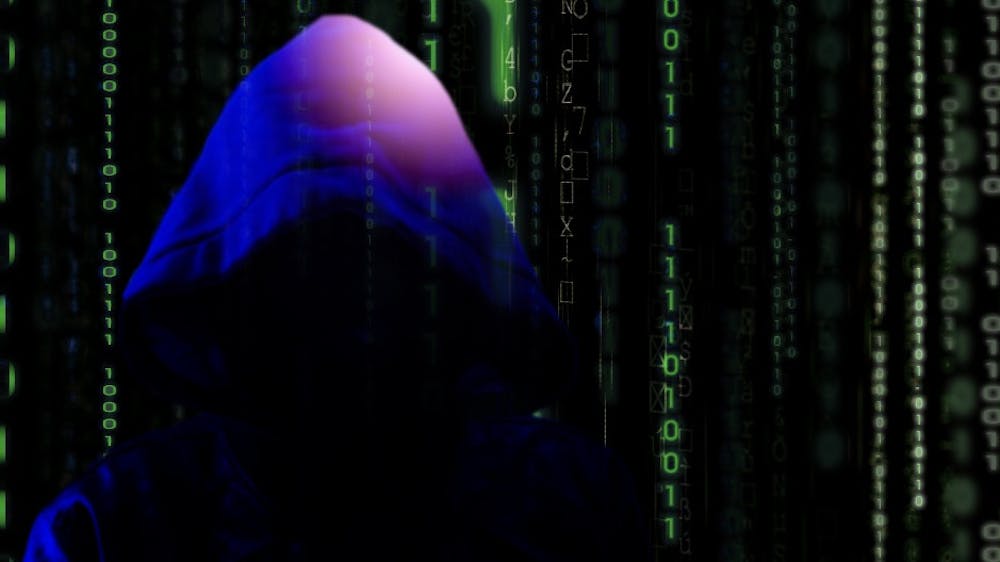Anúncios
Venturing into the depths of the Internet, far beyond the familiar realm of social media platforms and search engines, lies an enigmatic realm often shrouded in mystery and misconceptions. This shadowy digital underbelly, known as the Dark Web, is often associated with crime and illicit activities, however, its reality may not be as sinister as the popular imagination perceives it to be.
With this post, we aim to dissect and demystify the Dark Web, separating fact from fiction, and revealing truths that often get lost amidst the myths and sensationalist narratives. From its origins to its use-cases, and from its legal implications to its technological intricacies, we promise an insightful journey into the often misunderstood and vilified part of the Internet. 🌐
Anúncios
While some might see the Dark Web as a dangerous corner of the Internet, it’s important to understand that, much like the surface web, it’s a tool that can be used for both good and bad purposes. It serves as an essential platform for those seeking anonymity and privacy, often circumventing surveillance and censorship in oppressive regimes. 💻

Anúncios
Finally, this exploration will equip you with the knowledge and awareness needed to navigate the Internet’s back alleys safely and responsibly. We will also touch on the ways to access the Dark Web, while reminding you about the potential risks and legalities involved. So let’s step into this digital twilight zone, dispelling the shadows with the torchlight of knowledge and understanding. 🕯️
The Dark Web: An Overview
Often misunderstood and cloaked in mystery, the dark web is a part of the internet that exists outside the reach of conventional search engines. While it has become synonymous with illegal activity in the popular imagination, the reality of the dark web is far more nuanced. To truly understand its role in the broader digital ecosystem, we must begin with a clear picture of how the internet itself is structured.

Broadly speaking, the internet is divided into three distinct layers: the surface web, the deep web, and the dark web. The surface web is what most users interact with daily — publicly accessible websites like news portals, social media, and blogs that are indexed by search engines such as Google or Bing. The deep web, by contrast, contains content that is not indexed, including password-protected databases, private networks, academic journals, medical records, and your personal email or banking dashboard.
The dark web exists as a smaller, encrypted portion of the deep web and is only accessible through specialized tools such as Tor (The Onion Router). Unlike typical browsers, Tor routes users’ data through multiple layers of encryption and relays, allowing for near-complete anonymity. This architecture makes it possible for websites and users alike to remain hidden — a feature that draws both privacy advocates and cybercriminals.
Although the dark web has gained notoriety for hosting illicit marketplaces and forums, it’s important to acknowledge that it also plays a critical role in enabling secure, anonymous communication. Journalists, activists, and whistleblowers operating under oppressive regimes often rely on the dark web to share information and protect their identities.
In essence, the dark web is not inherently malevolent; rather, it is a tool — and like any tool, its value or danger lies in how it is used.
The Technology Behind the Dark Web
The dark web owes its existence to Tor (The Onion Router), a software that allows anonymous communication. Tor routes data through a worldwide network of servers, encrypting it at every step, thus ensuring the anonymity of its users.
Operating in Anonymity
Tor’s mechanism of encrypting data and routing it through several servers makes it almost impossible to trace the origin of the data. This high level of anonymity is what makes the dark web attractive for activities ranging from whistleblowing and privacy-oriented browsing to more nefarious deeds.
The Dark Web and Cybercrime
Despite its legitimate applications, the dark web is often associated with a darker undercurrent — one that thrives on the platform’s inherent anonymity. This same quality that protects whistleblowers and activists also creates a safe haven for a wide spectrum of cybercriminal activities. From the trade of illegal substances to the orchestration of complex cyberattacks, the dark web has become a digital marketplace for the underground economy.

One of the most prominent aspects of cybercrime on the dark web is the operation of illegal marketplaces. These black-market platforms, such as the now-defunct Silk Road, have offered a vast array of illicit goods and services: narcotics, unregistered firearms, counterfeit documents, hacked data, malware kits, and even hitman services. Transactions are typically conducted using cryptocurrencies like Bitcoin or Monero, further enhancing anonymity for both buyers and sellers.
But these markets go far beyond simple product listings. Many of them mimic legitimate e-commerce platforms, featuring customer reviews, seller ratings, refund policies, and even escrow systems to “ensure trust” between anonymous users. This disturbing professionalism has helped sustain a thriving underground economy, difficult for authorities to trace or dismantle.
Moreover, the dark web serves as a breeding ground for malware distribution, phishing campaigns, and identity theft. Cybercriminals often use forums and hidden services to exchange hacking tools, zero-day exploits, and databases of leaked credentials. It’s also a hotspot for tutorials on bypassing security systems and monetizing stolen data.
Law enforcement agencies face significant challenges when attempting to monitor or shut down these operations. The decentralized and encrypted nature of the dark web means that servers are often hosted in different jurisdictions, making cooperation between international agencies essential — but not always feasible. Additionally, when one marketplace is seized and taken offline, another often rises to take its place, sometimes with even more sophisticated security protocols.
In short, while the dark web offers an invaluable space for preserving anonymity and freedom in certain contexts, it also remains a magnet for illicit enterprise. This duality underscores the complexity of governing digital anonymity — where privacy and accountability often stand in tension.
Myths and Misconceptions
The dark web is often portrayed as an enigmatic, treacherous place. However, not everything you hear about the dark web is true. Here are some common myths and their corresponding realities:
- Myth: The dark web is entirely illegal.
Reality: While the dark web does host illicit activities, it also has legal uses. For instance, journalists and activists use the dark web to bypass censorship and protect their sources.
- Myth: You can find everything on the dark web.
Reality: Despite its reputation, the dark web is not a treasure trove of every imaginable item or service. Many things are just myths perpetuated by popular culture.
Dark Web and Privacy
In an era marked by escalating concerns over mass surveillance, intrusive data collection, and corporate tracking, the dark web has emerged not only as a controversial digital space but also as a vital refuge for those seeking privacy and anonymity online. Far from being solely a den of criminality, the dark web offers a crucial layer of protection for journalists, dissidents, whistleblowers, and privacy-conscious users navigating an increasingly monitored internet.
At the heart of this privacy-centric ecosystem lies Tor (The Onion Router) — the primary gateway to the dark web and a powerful tool for anonymous communication. By routing traffic through multiple encrypted layers and relays across a decentralized network of volunteer-run servers, Tor masks users’ IP addresses, making it exceptionally difficult to trace their location or browsing behavior. This system offers a significant countermeasure to traditional surveillance techniques and ISP-level tracking.
While Tor is often associated with hidden services on the dark web, its value extends well beyond that. Many users rely on Tor for anonymous browsing of the surface web, particularly in countries with strict internet censorship or authoritarian regimes. In such contexts, it enables access to blocked websites, facilitates the sharing of sensitive information, and supports free expression without fear of government reprisal.
Privacy advocates, NGOs, and even media organizations like ProPublica have embraced the dark web as a space to provide secure communication channels for sources and users. Encrypted dropboxes, anonymous tip lines, and secure whistleblower portals all rely on dark web infrastructure to maintain confidentiality and protect vulnerable individuals.
However, it’s important to acknowledge that privacy and anonymity are not the same as security. While Tor provides anonymity, it does not automatically protect against all threats — such as malware, phishing, or compromised exit nodes. Users must still practice caution, especially when navigating unfamiliar .onion sites or sharing sensitive data.
Ultimately, the dark web highlights a growing tension in the digital world: the need to preserve privacy in a landscape increasingly defined by data exploitation. As debates over encryption, surveillance powers, and online freedoms intensify, the dark web — and tools like Tor — serve as a stark reminder of the value and complexity of true digital anonymity.
Regulating the Dark Web
The high level of anonymity afforded by the dark web has long posed a formidable challenge for governments and law enforcement agencies across the globe. Unlike traditional corners of the internet, where IP addresses and user data can often be traced with relative ease, the dark web operates under layers of encryption and obfuscation that make tracking illegal activities extremely complex. Yet, despite these hurdles, a growing body of specialized task forces and cybersecurity units has made significant strides in piercing this veil of secrecy.
Law Enforcement and the Dark Web
In recent years, international cooperation has been instrumental in dismantling several high-profile illicit networks operating within the dark web. Agencies such as the FBI, Europol, and Interpol have joined forces, leveraging cutting-edge digital forensics, blockchain analysis, and undercover operations to infiltrate and take down platforms involved in drug trafficking, weapons sales, human exploitation, and identity theft.
One notable example is the takedown of Silk Road, one of the most infamous dark web marketplaces. The investigation involved months of covert surveillance, sophisticated tracing techniques, and collaboration between multiple jurisdictions. Since then, similar operations like Operation Disruptor and Operation Bayonet have resulted in hundreds of arrests and the seizure of millions in cryptocurrency, showcasing how persistent and technologically equipped law enforcement can penetrate the dark web’s defenses.
Technological Arms Race
However, as authorities become more adept at navigating the dark web, so too do cybercriminals in evading detection. This dynamic has triggered a continuous technological arms race. Criminals are increasingly employing tactics like multi-layered encryption, mirror sites, Decentralized Marketplaces (DeMarkets), and crypto tumblers to anonymize transactions and shield their identities. In response, law enforcement agencies are investing in AI-powered data analysis, dark web crawlers, and partnerships with cybersecurity firms to better track illicit trends and unmask bad actors.
The Role of Policy and Legislation
Beyond tactical enforcement, regulation also depends heavily on national and international policies. Legal frameworks are evolving to address the unique challenges posed by dark web crimes, especially around data privacy, jurisdictional reach, and the legality of anonymizing tools. Still, regulating such a decentralized and borderless space requires careful balancing — protecting individual freedoms and the legitimate uses of anonymity, while actively combatting criminal abuse.
Conclusion
In conclusion, “Unveiling the Truth: The Dark Web Demystified” brilliantly unravels the mysteries and misconceptions surrounding the Internet’s shadowy underbelly. It provides an insightful and objective exploration of the Dark Web, not as a terrifying labyrinth of illicit activity, but as a complex platform with its unique attributes.
The article shatters the typical myths associated with the Dark Web and provides an enlightened perspective that, while the Dark Web does contain illicit elements, it is also a space where individuals can maintain privacy and escape surveillance. It becomes clear that the Dark Web isn’t all dark; instead, it has layers that mirror the complexities of our society.
Moreover, the article’s balanced approach provides a comprehensive understanding of the Dark Web, emphasizing that it is not solely a tool for criminal activities, but also a vital avenue for free speech and privacy protection. The article is an excellent resource for anyone interested in the nuanced aspects of the Internet’s most misunderstood sectors.
Ultimately, by demystifying the Dark Web, the article encourages readers to approach the subject with a balanced perspective, acknowledging both its negative and positive implications. This approach is not only enlightening but also encourages a more informed and open dialogue about the Internet’s darker corners.
So, the next time you think about the Dark Web, remember it’s not all black and white. There’s more than meets the eye in this cyber realm, and understanding this is the key to unlocking its truth.

